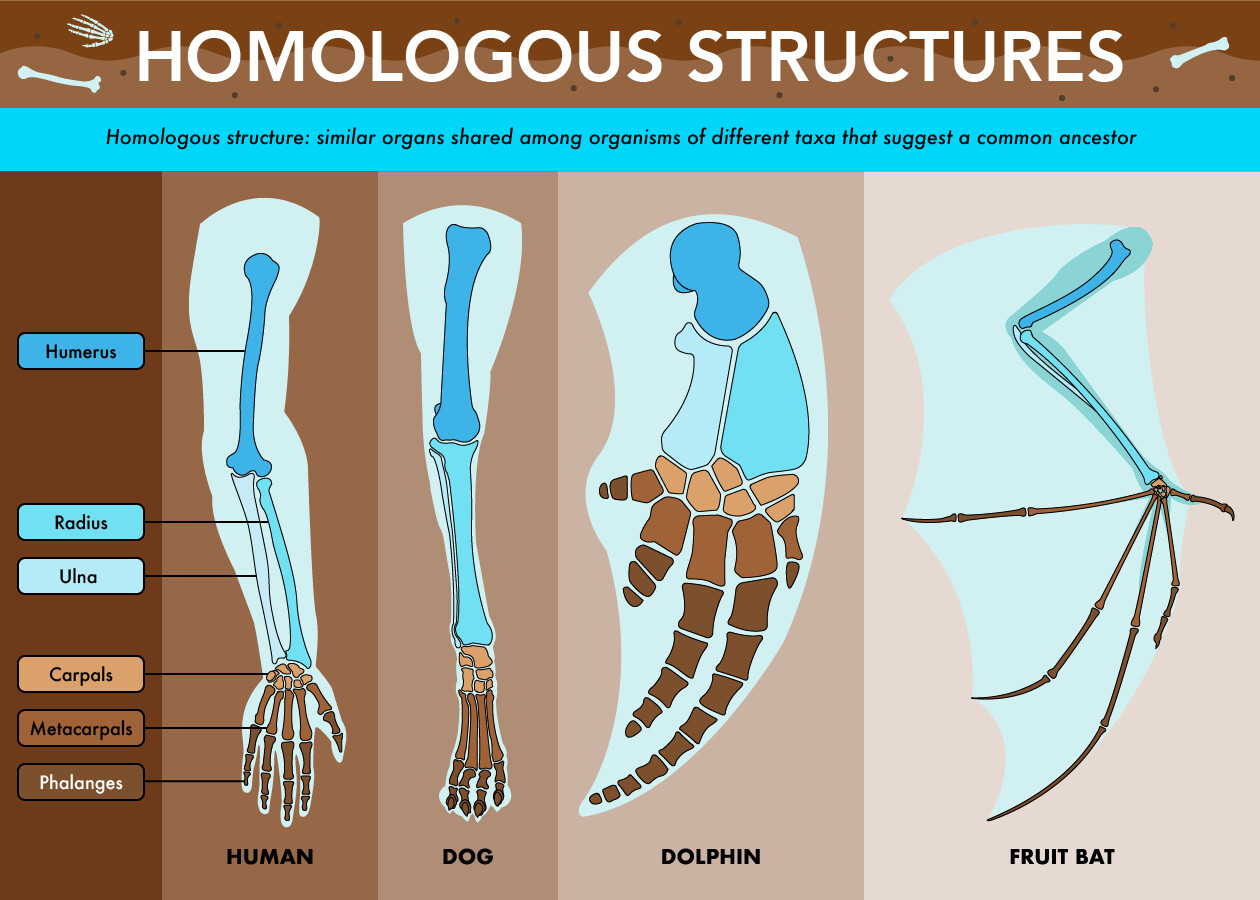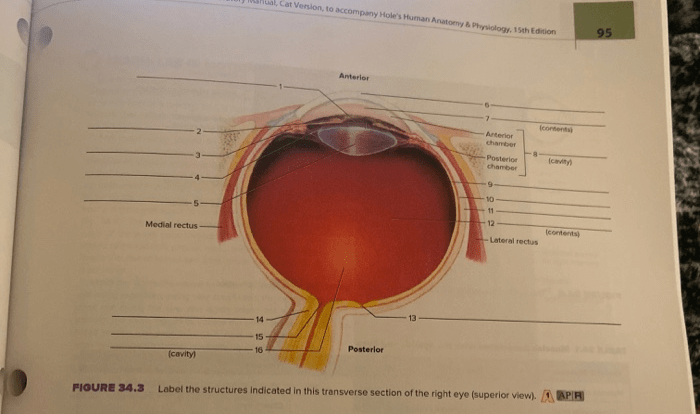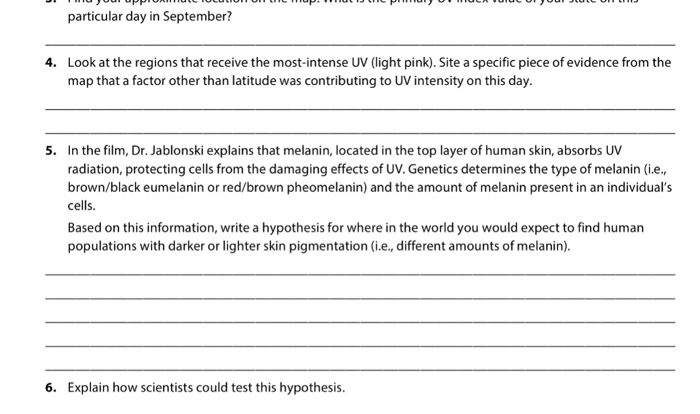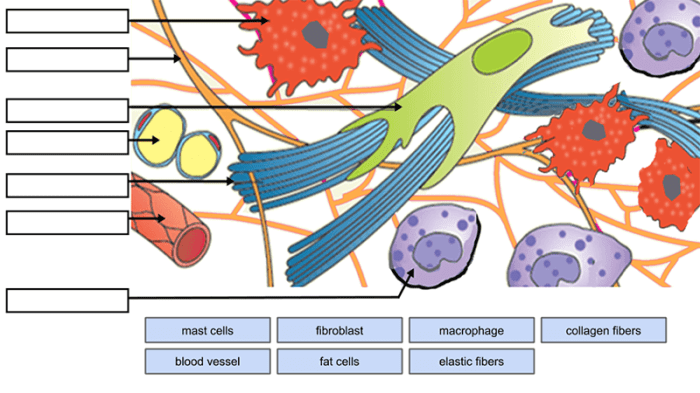Embark on a journey of scientific discovery with our comprehensive homologous and analogous structures worksheet. This educational tool delves into the fascinating realm of comparative anatomy, providing a thorough understanding of the evolutionary significance of these remarkable structures.
Through engaging activities and thought-provoking questions, this worksheet illuminates the concepts of homologous and analogous structures, showcasing their role in unraveling the intricate tapestry of life’s history.
Homologous and Analogous Structures: Homologous And Analogous Structures Worksheet

Homologous and analogous structures are two types of similarities found in organisms. They provide valuable insights into the evolutionary relationships and adaptations of different species.
Define Homologous and Analogous Structures
Homologous structuresare structures that have the same evolutionary origin but may serve different functions in different organisms. They provide evidence of common ancestry.
Analogous structures, on the other hand, are structures that have similar functions but different evolutionary origins. They arise from convergent evolution, where different organisms evolve similar traits in response to similar environmental pressures.
Create a Table of Homologous and Analogous Structures
| Homologous Structure | Analogous Structure | Shared Function | Evidence of Common Ancestry |
|---|---|---|---|
| Human arm | Bat wing | Movement | Same bone structure |
| Insect wing | Bird wing | Flight | Different bone structure |
| Mammal eye | Cephalopod eye | Vision | Different developmental origins |
| Flower petals | Insect wings | Attracting pollinators | Different developmental origins |
| Human kidney | Shark kidney | Excretion | Same filtration system |
Discuss the Evolutionary Significance of Homologous and Analogous Structures, Homologous and analogous structures worksheet
Homologous structuresprovide evidence for common ancestry. The presence of similar structures in different organisms, despite serving different functions, suggests that they inherited these structures from a common ancestor.
Analogous structuresprovide evidence for convergent evolution. They show how different organisms can evolve similar traits in response to similar environmental pressures, even though they do not share a common ancestor.
However, it’s important to note that homologous and analogous structures have limitations in studying evolution. Homologous structures can be modified over time, and analogous structures can arise from different genetic pathways.
FAQ Corner
What are homologous structures?
Homologous structures are anatomical features that share a common evolutionary origin, despite serving different functions in different species.
What are analogous structures?
Analogous structures are anatomical features that perform similar functions but have evolved independently in different species.
How do homologous structures provide evidence for common ancestry?
Homologous structures indicate that different species share a common ancestor from which these structures were inherited.
How do analogous structures provide evidence for convergent evolution?
Analogous structures suggest that different species have independently evolved similar traits in response to similar environmental pressures.




